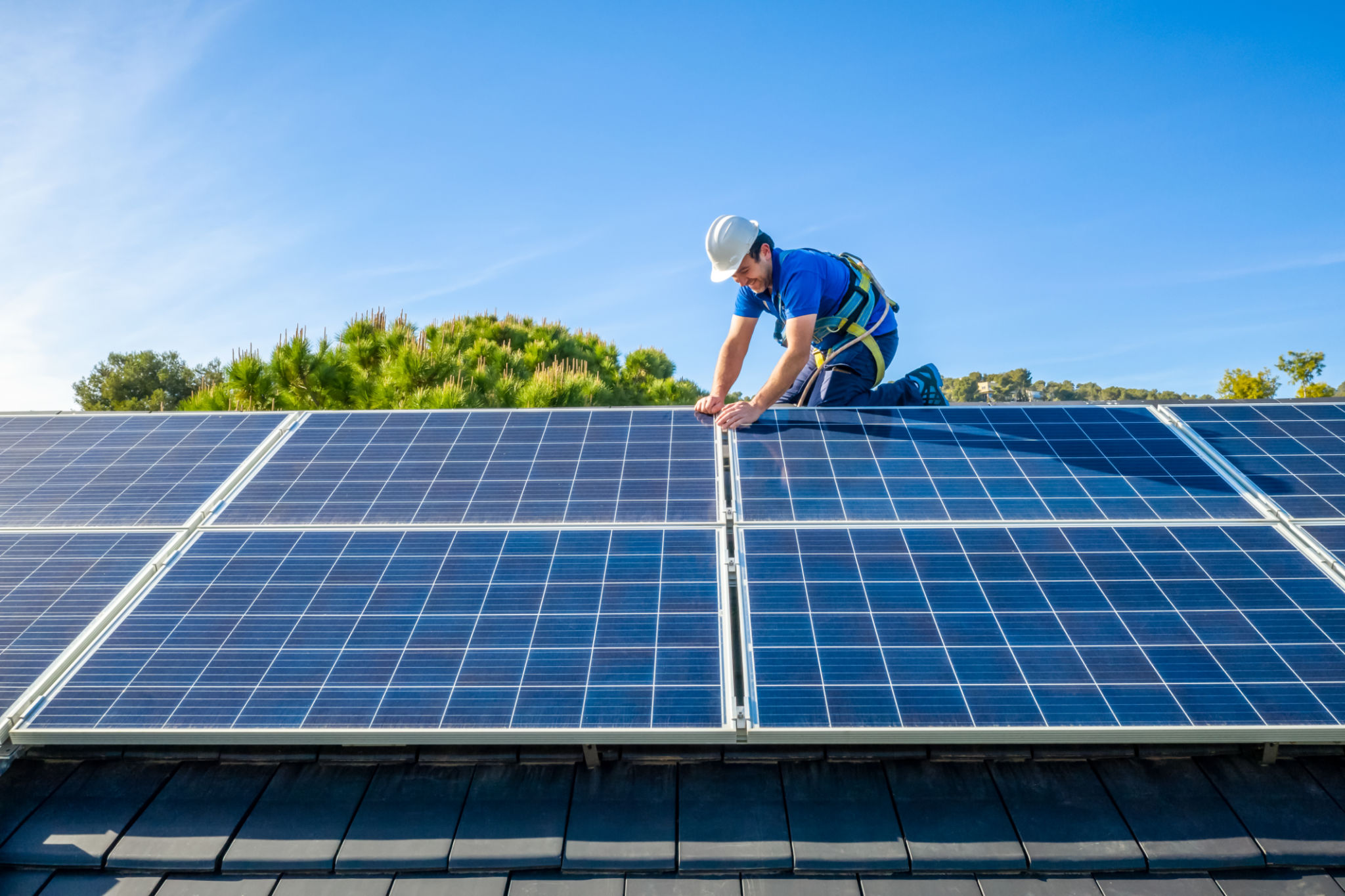Exploring the Impact of Renewable Energy Regulations in Virginia
Understanding Renewable Energy Regulations in Virginia
Virginia has taken significant strides in embracing renewable energy, with regulations designed to promote a sustainable future. These regulations have been instrumental in shaping the state's energy landscape, encouraging the adoption of cleaner energy sources while reducing reliance on fossil fuels. As more states seek to transition to renewable energy, understanding Virginia's approach offers valuable insights.

The Virginia Clean Economy Act
One of the cornerstone pieces of legislation is the Virginia Clean Economy Act (VCEA), which aims to achieve 100% carbon-free electricity by 2050. This ambitious goal is complemented by interim targets that ensure steady progress. The VCEA mandates that utilities must source a significant portion of their energy from renewable sources, effectively paving the way for increased solar and wind energy deployment.
The act also implements a cap-and-trade program, which sets a limit on carbon emissions while allowing companies to buy or sell allowances. This market-driven approach incentivizes companies to reduce emissions and invest in cleaner technologies.
Impact on Local Economies
Renewable energy regulations have not only environmental benefits but also significant economic implications. Investments in renewable energy projects create jobs, stimulate local economies, and attract businesses committed to sustainability. In Virginia, the growth of solar farms and wind projects has spurred demand for skilled labor, contributing to job creation across various sectors.

Moreover, these projects often lead to infrastructure improvements and increased tax revenues for local communities. This financial boost can be reinvested into public services, enhancing overall community well-being and resilience.
Challenges and Opportunities
Despite the positive impacts, implementing renewable energy regulations in Virginia comes with its set of challenges. One of the primary concerns is the integration of intermittent energy sources like solar and wind into the existing grid infrastructure. Ensuring grid reliability and stability requires investments in smart grid technologies and energy storage solutions.
However, these challenges present opportunities for innovation and technological advancement. As utilities and policymakers collaborate to overcome these hurdles, Virginia is positioned as a leader in the transition to renewable energy.

The Role of Public Support
Public support plays a crucial role in the successful implementation of renewable energy regulations. Community engagement and education initiatives help foster a better understanding of the benefits and challenges associated with renewable energy adoption. In Virginia, grassroots movements and advocacy groups have been instrumental in pushing for stronger policies and accountability.
As public awareness grows, so does the demand for cleaner energy solutions. This societal shift is essential for maintaining momentum in the state's renewable energy transition.
The Future of Renewable Energy in Virginia
The future looks promising as Virginia continues to refine its renewable energy regulations. With ongoing technological advancements and increased investment, the state is well on its way to achieving its carbon-free electricity goals. The lessons learned from Virginia's experience can serve as a model for other states seeking to embark on similar paths.
By balancing environmental concerns with economic growth, Virginia demonstrates that transitioning to renewable energy is not only feasible but also beneficial for society as a whole. As other regions look to replicate this success, the impact of Virginia's renewable energy regulations will likely resonate far beyond its borders.